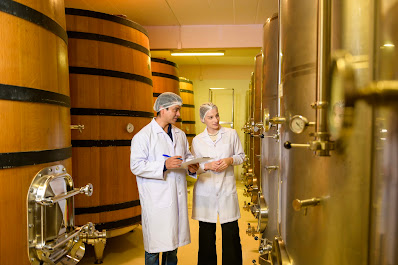Clarity from Nature: The Crucial Role of Enzymes in Juice Processing

The demand for high-quality, clear fruit juices has risen steadily, driven by consumer preferences for visually appealing and shelf-stable beverages. Achieving this level of clarity is not purely a mechanical process, it requires the precise application of natural biological agents: enzymes. Pectic substances, which are naturally present in fruits, are one of the main culprits behind juice turbidity. These complex polysaccharides cause cloudiness and viscosity, making the juice appear less refined. Pectinases, a group of enzymes including polygalacturonase and pectin lyase, are vital in breaking down these compounds. By depolymerising pectin molecules, these enzymes enable easier filtration and result in a significantly clearer end product. The enzyme action also contributes to increased juice yield. By degrading the structural components of fruit cell walls, enzymes release more juice than mechanical pressing alone. This not only improves productivity but also reduces waste, a win for...





